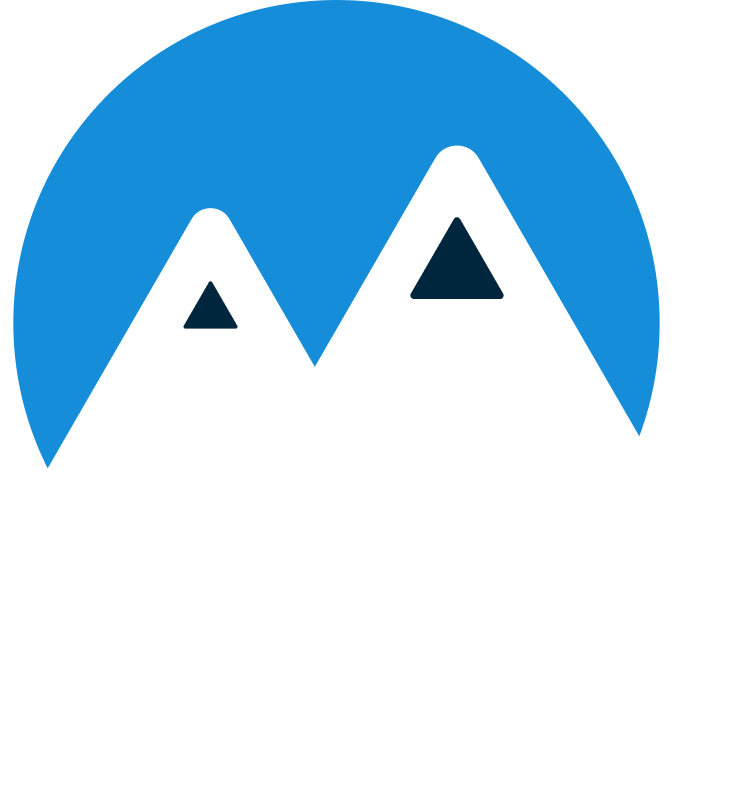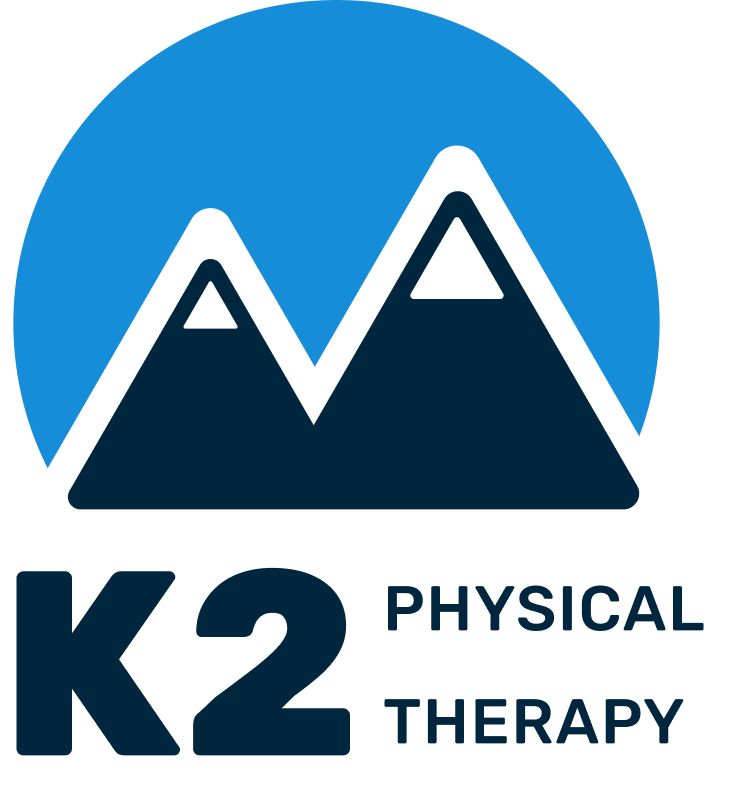
Your search for a physical therapy provider is over.
No prescription needed. Get seen within 24 hours.

Back pain is a common ailment affecting people of all ages and backgrounds. It can be caused by various factors, such as poor posture, muscle imbalances, injury, or degenerative conditions. When dealing with back pain, individuals often seek exercises and physical therapy to alleviate discomfort and improve their overall spinal health. Two well-known and frequently recommended approaches are the McKenzie and Williams exercises. In this comprehensive comparison, we will delve into the differences between these two therapeutic techniques, exploring their origins, principles, methodologies, and effectiveness in managing back pain.
The McKenzie Method, developed by New Zealand physical therapist Robin McKenzie in the 1950s, is an internationally recognized system for the assessment and treatment of spinal and musculoskeletal disorders. This approach is primarily based on the concept of self-assessment and self-treatment, allowing individuals to take an active role in their recovery.
The McKenzie Method is rooted in several fundamental principles:
a. Directional Preference: McKenzie exercises focus on identifying and addressing a patient’s “directional preference,” which refers to the specific movements and positions that either worsen or alleviate their symptoms. This approach seeks to centralize pain (move it away from the extremities toward the spine) and eventually eliminate it.
b. Centralization Phenomenon: A key concept in McKenzie therapy is the “centralization phenomenon.” This occurs when pain moves from the extremities (such as the legs or arms) toward the spine during specific exercises, indicating progress and improvement.
The McKenzie Method consists of a systematic assessment process followed by tailored exercises based on the individual’s directional preference. The assessment includes various movements and positions to determine the most suitable exercises. Common exercises include:
a. Extension exercises: These involve backward bending movements, which are believed to help relieve pressure on spinal discs and reduce nerve compression.
b. Flexion exercises: These focus on forward bending movements and are typically used when flexion is the patient’s directional preference.
c. Lateral shift correction exercises: These are designed to address spinal imbalances and deviations, often seen in patients with scoliosis or lateral shift.
d. Self-mobilization techniques: Patients are taught to perform self-mobilization movements to promote spinal joint mobility and reduce stiffness.
McKenzie exercises have gained recognition for their effectiveness in reducing back pain and improving spinal function. They are especially beneficial for patients with disc-related issues, as the emphasis on directional preference and centralization helps identify and alleviate the root causes of pain. However, their success relies on accurate self-assessment, which may be challenging for some individuals.
The Williams Flexion Exercises were developed by Dr. Paul C. Williams, an American orthopedic surgeon, in the 1930s. This approach primarily focuses on lumbar flexion and strengthening exercises to address lower back pain and discomfort.
The Williams Exercises are centered on the following principles:
a. Lumbar Flexion: Unlike the McKenzie Method, which emphasizes extension, Williams exercises primarily involve lumbar flexion movements. These movements aim to stretch and strengthen the muscles and ligaments of the lower back.
b. Muscle Strengthening: A key aspect of the Williams program is strengthening the abdominal and lower back muscles to provide greater support for the spine.
Williams exercises include a series of stretches and strengthening movements designed to reduce lower back pain. Some common exercises within this approach include:
a. Knee-to-chest stretch: Patients lie on their back and pull one or both knees toward their chest to stretch the lower back muscles.
b. Pelvic tilts: These involve rocking the pelvis back and forth while lying on the back to engage the abdominal and lower back muscles.
c. Cat-Cow stretch: Similar to yoga poses, this exercise alternates between arching and rounding the back while on hands and knees.
d. Bridging exercises: Patients lift their hips off the ground while lying on their back, engaging the glutes and lower back muscles.
Williams exercises can be effective in reducing lower back pain and increasing flexibility in individuals who benefit from lumbar flexion. They are particularly helpful for people with conditions like lumbar disc herniation or spinal stenosis, where extension exercises might exacerbate the symptoms. However, Williams exercises may not be as beneficial for individuals with directional preferences that lean towards extension.
One of the most significant differences between McKenzie and Williams exercises is their emphasis on different directions of movement. McKenzie primarily focuses on extension exercises, while Williams concentrates on lumbar flexion movements. The choice between these approaches often depends on the individual’s directional preference, which can be determined through assessment.
The McKenzie Method encourages individuals to actively participate in their treatment by identifying their directional preference and performing exercises accordingly. In contrast, Williams exercises can be more guided and prescribed by a healthcare professional, as they involve specific movements designed to address lumbar flexion.
McKenzie exercises are particularly effective for disc-related issues and conditions where extension provides relief. In contrast, Williams exercises are more suitable for individuals with lower back pain that worsens with extension or requires lumbar flexion for improvement.
While both methods include elements of muscular strengthening, the Williams program places more emphasis on strengthening the abdominal and lower back muscles to provide better support for the spine.
The centralization phenomenon, unique to the McKenzie Method, involves pain moving away from the extremities toward the spine during exercises. In contrast, William’s exercises do not focus on this phenomenon but instead aim to alleviate pain through lumbar flexion.
Both the McKenzie and Williams exercises offer valuable approaches to managing back pain, but they differ significantly in their principles, methodologies, and target conditions. The choice between these methods should be made based on an individual’s specific diagnosis, directional preference, and the guidance of a healthcare professional. McKenzie exercises are well-suited for conditions that benefit from extension, while Williams exercises are designed for those requiring lumbar flexion. Ultimately, the effectiveness of these exercises lies in their ability to alleviate pain, improve function, and enhance the overall quality of life for individuals suffering from back pain.
For help with your pain management in Ramsey, NJ or to connect with our physical therapist in Saddle River, contact us today!

Your search for a physical therapy provider is over.
Call us anytime
